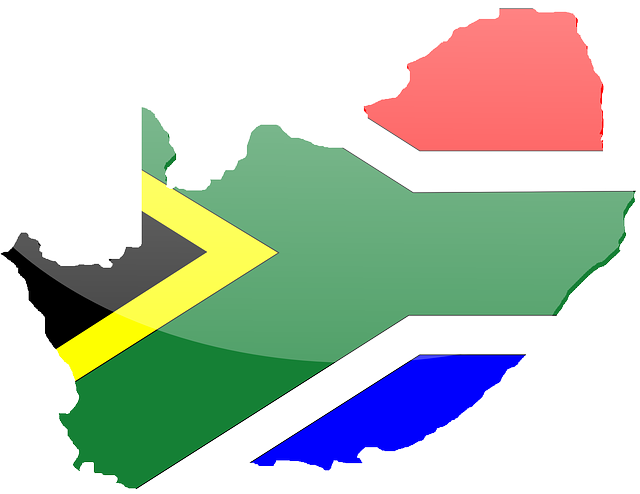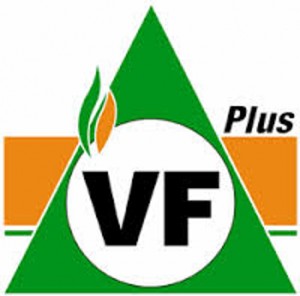AngloGold Ashanti today said it cut net debt by almost a third last year after margins increased despite lower gold prices, and the company generated free cash flow of $160m in the fourth quarter.
AngloGold Ashanti delivered on a range of self-help measures last year to reduce debt using internally generated funds, without diluting shareholders. The Cripple Creek & Victor mine in the US was sold for $820m plus a royalty, and most of the proceeds were used to buy back a portion of the company’s most expensive debt. At the same time, a strong performance from the company’s international mines helped expand margins even as gold prices fell.
“We’ve again shown consistency in hitting our production guidance, beating cost estimates, delivering free cash flow and delivering a sharp reduction in net debt levels,” Chief Executive Officer Srinivasan Venkatakrishnan said. “We achieved all of that despite lower gold prices.”
Net debt fell by 30% to $2.19bn from $3.13bn at the end of 2014, lowering the amount the company will pay in interest charges. All-in sustaining costs (AISC) improved to an average of $910/oz in 2015, more than 11% lower than the $1,020/oz recorded the previous year, and lower than guidance of $950/oz to $980/oz. Production of 3.95Moz was at the top end of guidance of 3.8Moz to 4.0Moz.
AngloGold Ashanti has for 12 consecutive quarters either met, or beaten, its cost and production guidance.
The significant year-on-year improvement in AISC reflects an especially strong showing from the International Operations, which saw their AISC for the year fall by more than 16% to $822/oz. Geita was once again a standout performer in Continental Africa, with AISC of $717/oz, whilst the American operations as a whole had AISC of $792/oz.
The robust performance of the International Operations once again offset a drop in output at the South African operations to 1.004Moz, from 1.22Moz in 2014, due mainly to a combination of lower grades and safety-related disruptions during the year. The full-year AISC of $1,088/oz at the South Africa operations was $24/oz higher than the previous year, reflecting the weaker operating performance, which was only partially offset by the weaker Rand. The fourth quarter showed an improving trend, however, with the South African operations reporting AISC of $988/oz.
AngloGold Ashanti’s costs also benefit from weaker currencies relative to the dollar in South Africa, Brazil, Argentina and Australia, where the Rand, peso, real and Australian dollar often weaken along with the gold price, cushioning the blow. Together, these regions account for about two-thirds of production. Lower prices for oil also benefit the company given that diesel is used to power generators and fleet at many of the company’s operations.
Adjusted earnings before interest, tax, depreciation and amortisation (adjusted EBITDA) for the full year was $1,472m, compared to $1,616m in 2014, reflecting lower production year-on-year and weaker average price received. Free cash flow for the full year improved to $141m compared with an outflow of $112m in 2014. This achievement was all the more noteworthy given that it occurred despite the 8% drop in the gold price.
Net debt to adjusted EBITDA levels ended the year at 1.49 times, lower than the 1.94 times recorded at the end of 2014, highlighting the success of the decisive, deleveraging efforts.
Safety
Eleven of our colleagues lost their lives in the workplace during 2015, underlining safety as the most pressing challenge for the company, primarily at its South African operations. Significant effort is being expended to not only understand the cause of each of these incidents, but also the root cause of other high potential incidents that could have resulted in fatalities. There has been some success in this regard, with the all-injury frequency rate, the broadest measure of workplace safety, improving to 7.18 per million hours worked, from 7.36 the previous year.
Fourth Quarter
AngloGold Ashanti delivered another strong operating and financial result for the three months ended 31 December 2015 ahead of cost and production guidance despite safety-related stoppages that lowered output in South Africa. Fourth quarter production of 997,000oz was 14% lower than the corresponding period in 2014 but 2% better than the prior quarter and better than guidance of 900,000oz-950,000oz. AISC of $860/oz were 14% better than the corresponding period in 2014, reflecting rigorous cost and capital allocation discipline across the company.
South Africa started to show a modest recovery from its operational challenges related principally to safety disruptions in the first three quarters of the year. Whilst production was 16% lower than the corresponding period in 2014, it was – as previously flagged — consistent with the third quarter at 252,000oz. AISC of $988/oz was 10% better than the fourth quarter of 2014, and 16% better than the previous quarter. The International Operations delivered production of 745,000oz at AISC of $786/oz, which corresponded to a 7% decrease in production but a 17% improvement in AISC on the same quarter of 2014.
Outlook
Production guidance for 2016 year is estimated to be between 3.6Moz to 3.8Moz. Total cash costs are estimated to be between $680/oz and $720/oz and all-in sustaining costs between $900/oz and $960/oz at average exchange rates against the US dollar of 15.00 (Rand), 4.00 (Brazil Real), 0.70 (Aus $) and 14.90 (Argentina Peso), with oil at $35/bl average for the year.
Capital expenditure is anticipated to be between $790m and $850m, of which $120m to $140m is earmarked for projects. Corporate and marketing costs are estimated to be between $75m and $90m and expensed exploration and study costs including equity accounted investments at $130m to $150m. Depreciation and amortisation is forecast at $820m and interest and finance costs are expected to be $190m (income statement) and $175m (cash flow statement).








